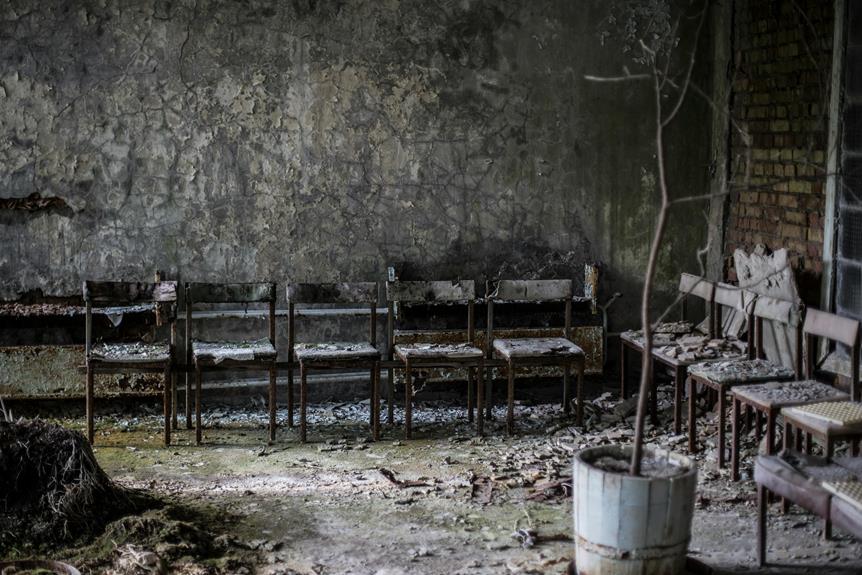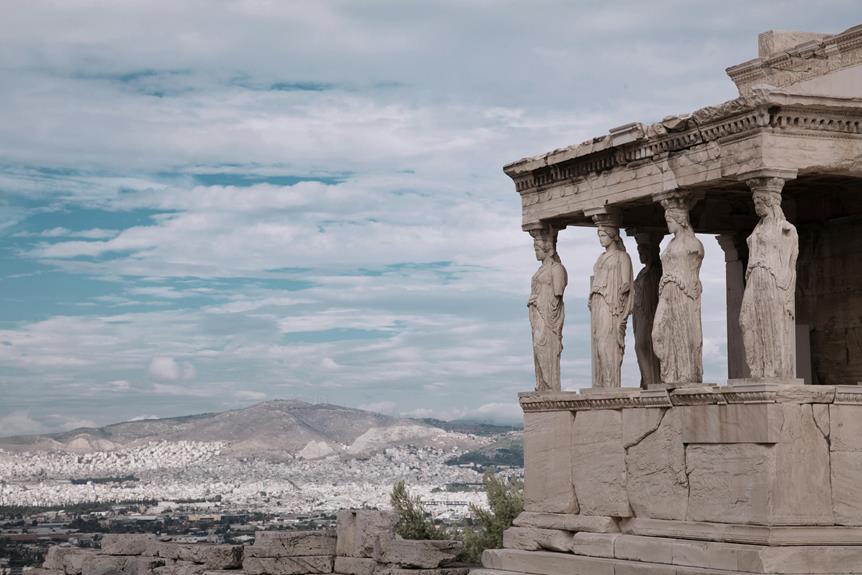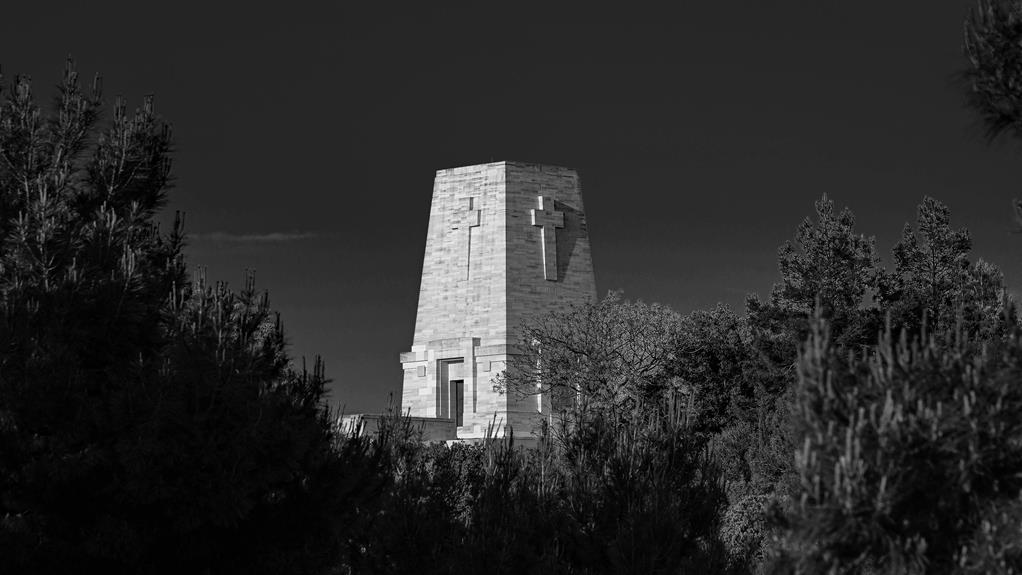Nestled in the heart of Japan, Fukushima's name evokes a complex tapestry of resilience and renewal following the tragic events of 2011. The aftermath of the catastrophe sparked global concern, shaping a narrative of environmental distress and economic upheaval. However, beneath the surface of adversity lies a story of unwavering determination and community spirit. As Fukushima continues to navigate the challenges of recovery, a profound transformation is unfolding, hinting at a future that holds promise and potential. The journey of Fukushima is one that beckons contemplation and introspection, inviting us to explore the depths of human perseverance and the power of unity.
Key Takeaways
- Known for picturesque landscapes and vibrant agriculture.
- Severe environmental consequences post-2011 disaster.
- Focus on physical rebuilding and socio-economic revitalization.
- Traditional practices crucial in community resilience.
- Shift towards renewable energy for a sustainable future.
Fukushima Prefecture: Before the Disaster
Located in the northeastern region of Japan, Fukushima Prefecture, prior to the devastating disaster, was known for its picturesque landscapes and vibrant agricultural industry. The prefecture's rich history was reflected in its preservation of traditional customs and historical landmarks. Traditional customs such as the Aizu region's samurai heritage, where the Byakkotai (White Tiger Force) hailed, were an integral part of Fukushima's cultural tapestry. Historical landmarks like the Tsuruga Castle in Aizuwakamatsu stood as evidence to the region's past glory.
Fukushima Prefecture boasted a diverse range of traditional festivals that celebrated its heritage. Events like the Aizu Autumn Festival, known for its elaborate processions and traditional performances, were eagerly anticipated by locals and visitors alike. Additionally, the prefecture's historical landmarks, such as the Ouchi-juku post town with its well-preserved thatched-roof buildings, offered a glimpse into Japan's feudal past.
The fusion of traditional customs and historical landmarks in Fukushima Prefecture created a unique identity that attracted tourists from far and wide. Visitors could immerse themselves in the prefecture's rich cultural heritage while marveling at its natural beauty. The region's commitment to preserving its traditions added a layer of authenticity to the Fukushima experience, making it a haven for those seeking an escape into Japan's storied past.
Impact of the 2011 Catastrophe
The 2011 catastrophe in Fukushima, Japan, has had profound and lasting effects on the region's environment, economy, and population. The environmental consequences of the Fukushima disaster were severe, with radioactive contamination spreading across the area. The release of radioactive materials into the atmosphere and waterways resulted in long-term contamination of soil and water sources, impacting agricultural lands and fisheries. This contamination posed a significant risk to public health, with potential long-term effects on both the local population and the ecosystem.
Public health effects were a major concern following the Fukushima disaster. The exposure to radiation led to increased cases of thyroid cancer among children in the region. Psychological stress, anxiety, and uncertainty about the long-term health effects of radiation exposure have also been prevalent among the affected population. The evacuation and displacement of residents further exacerbated these public health challenges, with disrupted access to healthcare services and social support systems.
The economic impact of the catastrophe was substantial, with the closure of businesses, loss of livelihoods, and decreased property values in the affected areas. The tourism industry, once a significant source of revenue for Fukushima, suffered a sharp decline following the disaster due to fears of radiation exposure. The long-term economic recovery of the region has been challenging, requiring extensive reconstruction efforts and investment in revitalizing the local economy.
Ongoing Recovery and Reconstruction Efforts
Efforts to restore and rebuild Fukushima, Japan, post the 2011 catastrophe have been meticulously planned and executed to address the multifaceted challenges faced by the region. The rebuilding efforts in Fukushima have been focused on not just physical reconstruction but also on socio-economic revitalization and psychological healing. Key to the success of these efforts has been the strong community support that has emerged since the disaster.
In terms of physical rebuilding, significant progress has been made in restoring infrastructure, homes, and public facilities that were destroyed or damaged during the catastrophe. The government, along with various local and international organizations, has invested heavily in rebuilding efforts to ensure that Fukushima regains its pre-disaster functionality.
Moreover, community support has played an important role in the ongoing recovery process. Local residents, volunteers, and organizations have come together to provide assistance, resources, and emotional support to those affected by the disaster. This outpouring of solidarity has not only expedited the rebuilding efforts but has also fostered a sense of unity and resilience among the people of Fukushima.
As Fukushima continues on its path to recovery and reconstruction, the collaboration between government initiatives and community support remains critical in ensuring the long-term sustainability and well-being of the region.
Cultural Resilience and Traditions
Cultural resilience and traditions in Fukushima, Japan have played a pivotal role in shaping the region's identity post the 2011 catastrophe. Traditional practices have served as a cornerstone in rebuilding the community and maintaining a sense of normalcy amidst the chaos. These practices, deeply rooted in the history of Fukushima, have provided a source of strength and continuity for the residents.
The traditional practices encompass a wide array of rituals, arts, and crafts that have been passed down through generations. These practices not only serve as a way to preserve cultural heritage but also act as a mechanism for healing and connection in the aftermath of the disaster. Through engaging in these time-honored traditions, individuals are able to find solace and a sense of belonging, fostering a collective resilience that transcends the challenges faced.
Furthermore, community support has been instrumental in upholding these traditions and nurturing a sense of unity among the residents. The solidarity within the community has created a supportive environment where individuals can lean on each other for strength and guidance. This communal bond has been a driving force in the restoration efforts, demonstrating the power of togetherness in overcoming adversity.
Fukushima's Bright Future
Building upon the foundation of cultural resilience and traditions, Fukushima's path towards a bright future is marked by resilience, innovation, and sustainable development strategies. In the aftermath of the 2011 nuclear disaster, Fukushima has shifted its focus towards renewable energy sources to secure a sustainable and secure future. The prefecture has made significant strides in harnessing renewable energy, particularly through solar and wind power initiatives. These initiatives not only contribute to reducing carbon emissions but also pave the way for economic growth through the creation of new job opportunities in the renewable energy sector.
Fukushima's commitment to renewable energy aligns with its vision for economic growth and prosperity. By investing in clean energy technologies, Fukushima is not only diversifying its energy sources but also attracting investments and fostering innovation in the region. The development of renewable energy infrastructure also serves as a foundation for long-term economic stability and resilience, reducing the dependency on traditional energy sources.
Furthermore, Fukushima's embrace of sustainable development strategies not only benefits the environment but also positions the prefecture as a leader in the global shift towards green economies. Through a combination of renewable energy adoption, economic diversification, and sustainable practices, Fukushima is carving out a promising future built on resilience, innovation, and economic growth.
Frequently Asked Questions
How Has the Local Wildlife in Fukushima Been Affected?
Wildlife recovery in regions affected by radiation demonstrates the importance of ecosystems. The impact of radiation on local fauna can lead to population declines and genetic mutations. However, over time, some species may adapt through natural selection or behavioral changes.
Ecosystems can show remarkable resilience, employing various adaptation strategies to mitigate the effects of radiation exposure. Monitoring and conservation efforts are vital in understanding and supporting wildlife recovery in such environments.
What Are the Long-Term Health Effects on Residents?
Long-term health effects on residents can include elevated cancer rates and mental health issues. Research indicates a correlation between exposure to certain environmental factors and an increased risk of developing cancer.
Additionally, the psychological impact of a disaster can lead to long-lasting mental health challenges for individuals in affected areas. Understanding and addressing these health concerns is essential for the well-being of impacted communities.
Are There Any Abandoned Towns in Fukushima?
Urban exploration enthusiasts often seek out ghost towns for their historical and eerie appeal. Abandoned towns can have significant environmental impacts, affecting wildlife habitats and ecosystems. Human departure can lead to changes in vegetation, wildlife patterns, and overall biodiversity.
These areas hold value for researchers studying ecological succession and the effects of human absence on natural landscapes. Understanding the dynamics of abandoned towns can provide insights into ecosystem resilience and restoration efforts.
How Has the Tourism Industry in Fukushima Changed?
In response to the query regarding the evolution of the tourism industry, a multifaceted analysis is warranted.
The economic impact of such changes must be examined in conjunction with ongoing recovery efforts.
Additionally, the preservation of cultural heritage and active community engagement play pivotal roles in shaping the sector.
These aspects collectively influence the trajectory of tourism, underscoring the dynamic interplay between economic considerations and cultural stewardship.
What Measures Are in Place to Prevent Future Disasters in Fukushima?
Nuclear regulations play a vital role in ensuring the safety of nuclear facilities worldwide. Emergency preparedness measures are implemented to mitigate the impact of potential disasters. These include robust emergency response plans, regular safety drills, and continuous monitoring of nuclear activities.
Conclusion
To sum up, Fukushima, Japan has demonstrated remarkable resilience and determination in the face of adversity. The region's recovery efforts have been driven by strong community support, cultural traditions, and a focus on sustainable practices.
As Fukushima continues to rebuild and revitalize, it serves as a beacon of hope and inspiration for other communities facing similar challenges. Like a phoenix rising from the ashes, Fukushima's future shines brightly with potential and promise.


